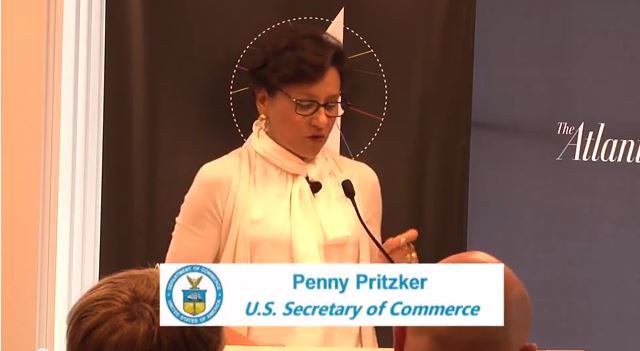 Evidence continues to mount that consumers want to access information in their own languages. According to this Huffington Post article, when Facebook launched a French version, it increased its French user base from 1.4 million to 2.4 million in just 3 months. 25% of companies translate their materials into 15 different languages. The volume of translated content grew by 80% in just the past year as companies raced to optimize their materials for local markets. Read on...
0 Comments
Chinese Companies Are Poised to Go West  Joel Backaler, author of “China Goes West: Everything You Need to Know About Chinese Companies Going Global discusses why so few Chinese companies have successfully taken their brands global and how that is going to change in the near future. Don't miss this insightful video about the coming power of Chinese brands. http://show.thoughtfulchina.com/china-goes-west-en.html  Back by popular demand, the Before Babel Brigade, a Korean non-profit group, has established a phone number people can call if they need help talking to their waiters, taxi drivers, or hotel staff while attending the World Cup. Volunteers who speak English, Spanish, French, German, Italian, Russian and Korean are standing by, ready to help lost World Cup fans. The only charge is the cost of the phone call. Samsung has volunteered to pick up the tab for marketing and promotion. Find out more about the service here. Your Chance to Seize a Huge Opportunity This video, posted on Jing Daily, explores the opportunities available in the nascent mobile advertising market in China. Using well crafted, and dare we say, well translated messages, foreign firms should jump in now to take advantage of this huge new marketing channel. Watch now. NEI/Next Initiative Launched by U.S. Commerce Dept.
Lack of Ability to Speak and Read English Creates Business Opportunities Asian Americans and Pacific Islanders are the fastest growing immigrant groups in the U.S., and 35% of them are classified as not speaking English "very well." While Chinese is the most commonly spoken language of Asian immigrants (with 472,000 Mandarin speakers and 454,000 Cantonese speakers), Tagalog, Vietnamese, and Korean are also popular languages spoken in the home. Moreover, there are an additional eight South Asian languages that are spoken by more than 100,000 people in the U.S.
Why does this matter? The statistics show that millions of Americans have limited ability to speak and read in English. This represents an opportunity for businesses to branch out from just English and Spanish advertisements. By advertising in languages that are used in the community, for example Chinese language television ads, print ads in Vietnamese newspapers, or websites in Korean, businesses can show their markets that they are tapped into their needs. Companies that ignore these opportunities may lose out when their competition recognizes the value of the under-served local market. For More Information, read the Center for American Progress' Press Release and access the full report. |
Author
Archives
March 2024
Categories
All
|
Photos from : : Ys [waiz] : :, bjahind, fabola, MattysFlicks, @sage_solar, LoS, Traducción e Interpretación, Kyle Taylor, Dream It. Do It., _gee_, keepitsurreal, One Way Stock, Airviewsphotos, GotCredit, efile989, Benoit cars, ** RCB **, stephiesal853, Francisco Anzola, Highways England, ITU Pictures, VIPevent, leoplus, Karsten Bitter, Jolante, jobstop11, Nguyen Vu Hung (vuhung), jurvetson, mikefats, YooSan, sandrafdzh, roland, mikecogh, y entonces, Donald Lee Pardue, Gatorgoon, daniel0685, BÜNDNIS 90/DIE GRÜNEN, rick, {Guerrilla Futures | Jason Tester}, mikecogh, markyharky, amslerPIX, jo.sau, IAEA Imagebank, lisa-skorpion, Toronto Public Library Special Collections, Wootang01


 RSS Feed
RSS Feed
